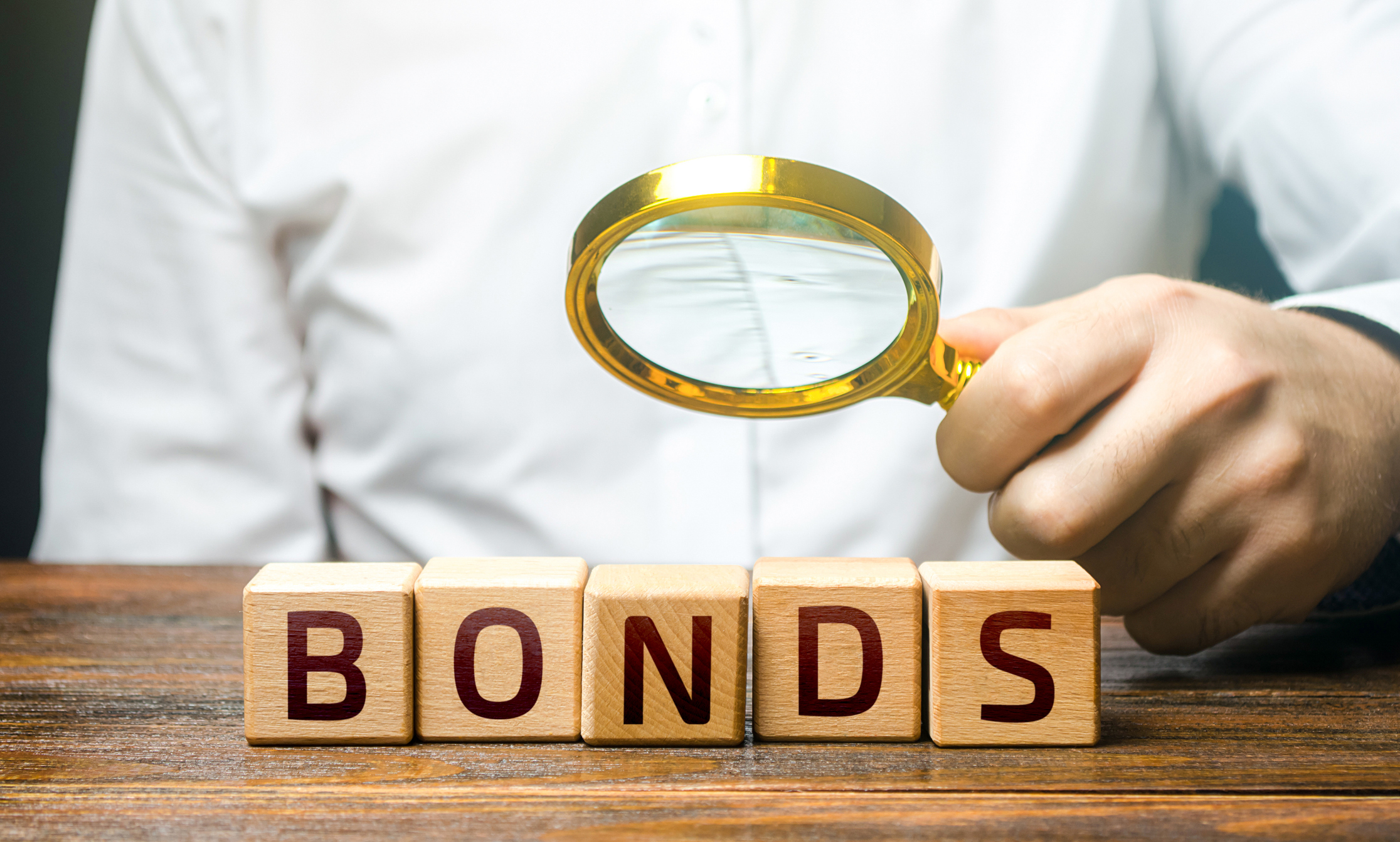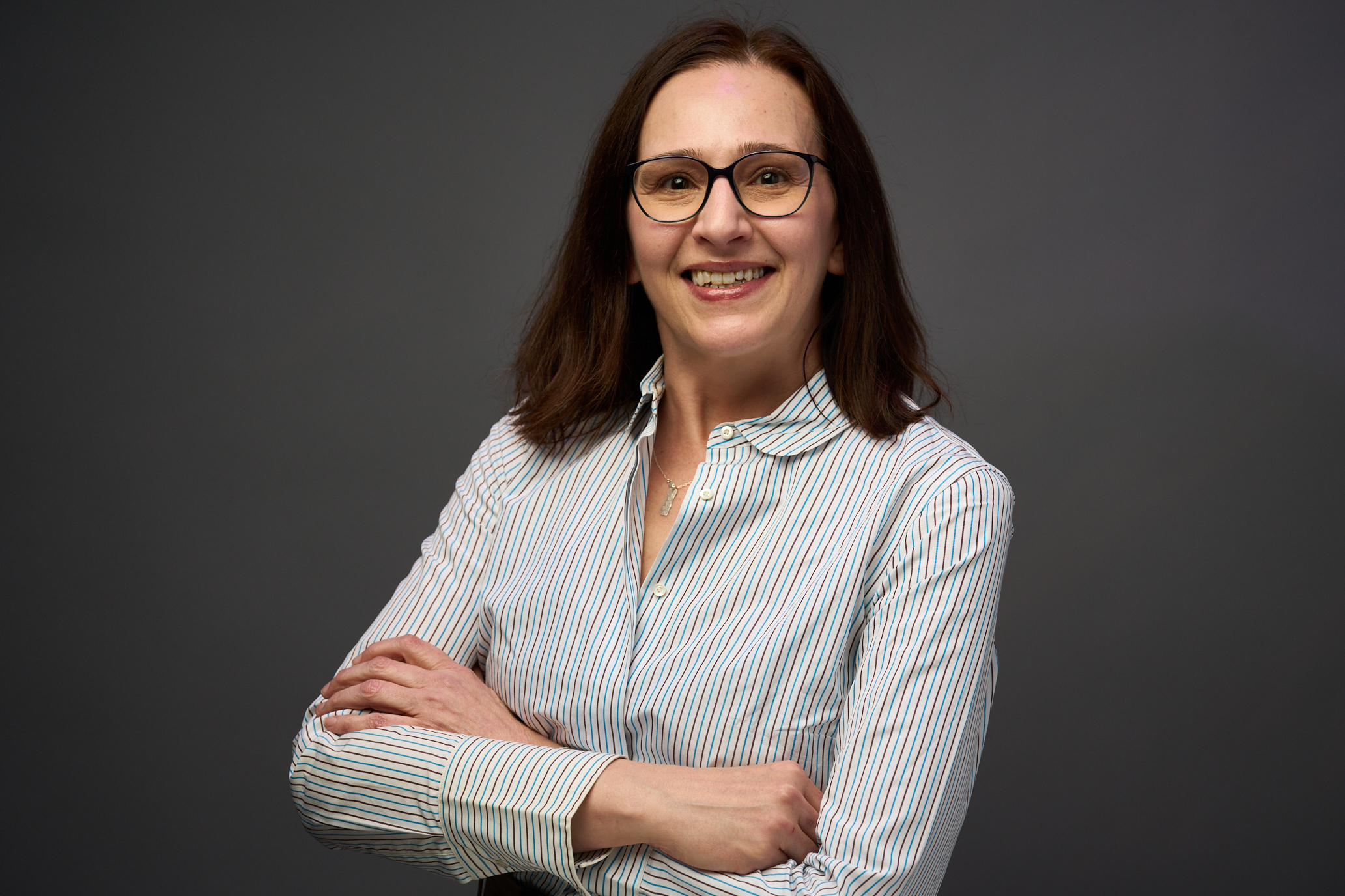What's the Difference Between a Bond's Price and Value?
Understanding the difference between a bond's price and value means you'll be more likely to select and hold on to bonds.


The most important difference between the face value of a bond and its price is that the face value is fixed, while the price varies due to outside influences. The amount set for face value remains the same until the bond reaches maturity.
If you buy a new bond directly from the issuer and plan to keep it to maturity, changing prices, market interest rates, and yields typically do not affect you, unless the bond is called. However, you can also buy bonds from other investors on the secondary market. Similar to stocks, bonds can be higher or lower than the face value of the security because of the current economic environment and the financial health of the issuer.
Price is important when you intend to trade bonds with other investors. A bond's price is what investors are willing to pay for an existing bond. If prevailing interest rates are higher than when the existing bonds were issued, the prices on those existing bonds will generally fall.

Sign up for Kiplinger’s Free E-Newsletters
Profit and prosper with the best of expert advice on investing, taxes, retirement, personal finance and more - straight to your e-mail.
Profit and prosper with the best of expert advice - straight to your e-mail.
The current yield of a bond is the anticipated return on an investment, expressed as an annual percentage. However, yield to maturity (YTM) is often the yield that investors inquire about when considering a bond. The YTM formula is a more complicated calculation that renders the total amount of return generated by a bond based on its par value, purchase price, duration, coupon rate and the power of compound interest.
How bonds are priced
A bond’s face value, or par value, is the price set by the issuing company or governmental agency. It is how much the bond will pay when it's redeemed.
Most bonds are either sold at a discount or a premium to its face value. Except for savings bonds, the market will ultimately determine the selling price. Discount bonds sell for less than face value or par value. A premium bond's selling price usually exceeds its par value.
Bond prices move in the opposite direction of interest rates
Sometimes bonds are issued at a discount to attract buyers. After a bond is issued, it can be traded in the secondary market. The bond's price will fluctuate depending on supply and demand, changes in interest rates and any downgrade of the issuer that could impact its ability to honor the terms of the bond. But most discounts develop mainly as a result of changes in interest rates.
Bond prices share an inverse relationship with interest rates. That means when interest rates rise, bond prices fall and when interest rates fall, bond prices rise.
To understand how that happens, start with a hypothetical 30-year corporate bond with a $1,000 face value issued 20 years ago with a 5% coupon interest rate. That means it has been paying $50 a year (5% of $1,000) for the past 20 years and is now ten years away from maturity.
You wouldn't give the owner $1,000 for that bond today because rates have risen since then, and you expect to earn more than $50 for each $1,000 you invest in bonds now. At what price would that 5% bond become a good buy? Finding out takes some math, but not much.
How to find the value of a bond:
1. Compare the current yield
The current yield is the annual interest payment divided by the current price. To put it another way, the current price is the annual payment divided by the current yield. Let's assume that other bonds you might want to buy have a yield of 6.9%. The bond you're considering buying must match that or you should pass it up. What price for the $1,000 bond would equate to a yield of 6.9% to the buyer? Here's the math: Price = 50/0.069 = $725 (rounded off). So $725 would be a fair price for this bond.
2. Find the yield to maturity
The 5% bond pays $50 a year and will be redeemed in ten years at its par value of $1,000, which is $275 more than the current price suggested by current interest rates. You won't realize the $275 for ten years, but for mathematical convenience let's say you receive the discount as equal installments of $28 every year for ten years. The percentage figure that tells you how much you are earning from interest payments plus the annual payout of a tenth of the discount is the yield to maturity.
Unfortunately, you don't simply add and then divide. Bond dealers use bond tables and programmed calculators to compute yields to maturity, and some handheld financial calculators can do it. But you can approximate the yield to maturity with the following shortcut formula: annual interest + annually accumulated discount/ average of par value and current price x 100
For the bond in the example: 50 + 28 = 78/860 = .09069 x 100 = 9.06% = 9.1%
The same formula can be used for bonds for which you pay a premium. In those cases you would subtract the annually accumulated premium from the annual interest payment.
Don't worry about following this exercise too closely. It's presented not as a mathematical model for you to use, but as an example of the kinds of considerations that affect the value of a bond you might buy or sell at a discount.
Three things to consider when buying bonds:
1. Stay up to date on the credit rating. Many bonds have been on the market for a long time, so it's important to check current ratings. A bond's quality rating can be revised after it is issued due to a change in the issuer's financial health or market conditions. Confirming the financial health of the companies you've invested in is a wise way to monitor the stability of your portfolio.
2. Be sure there's an easy exit. Although you may buy a bond intending to hold it to maturity, you may need to cash it earlier than you planned. Marketability and liquidity are important factors to consider. Ordinary investors may want to limit themselves to investment-grade bonds that can be easily priced and sold to other investors. Having an exit strategy for hard times can help you to always get the most from your investments.
3. Watch your maturities. Often you can select bonds and time their maturity to when you need the funds for anticipated expenses, such as college tuition, retirement or a planned reinvestment. Some investments will automatically cash you out and others require an affirmative step to redeem your bonds.
Bottom line
Bonds seem simple until you start talking about interest payments, current yields and yields to maturity. While these can be daunting concepts, you should know the terms and how those concepts impact the underlying value of your bond. Knowing what you own and its worth can help you gauge how well your investments are doing now and plan better for future investing.
A bond's yield is the discount rate that can be used to make the present value of all of the bond's cash flows equal to its price. In other words, a bond's price is the sum of the present value of each cash flow, and each cash flow is present-valued using the same discount factor.
You should have a plan for where your money goes next after your bond reaches maturity. Be ready with a reinvestment strategy to get that money earning again. Otherwise, if you have three months or more in between investments, you can consider a short-term investment, such as a certificate of deposit (CD) or a high-yield savings account, to earn a bit more interest while keeping the principal safe.
Related content
Get Kiplinger Today newsletter — free
Profit and prosper with the best of Kiplinger's advice on investing, taxes, retirement, personal finance and much more. Delivered daily. Enter your email in the box and click Sign Me Up.

Donna joined Kiplinger as a personal finance writer in 2023. She spent more than a decade as the contributing editor of J.K.Lasser's Your Income Tax Guide and edited state specific legal treatises at ALM Media. She has shared her expertise as a guest on Bloomberg, CNN, Fox, NPR, CNBC and many other media outlets around the nation. She is a graduate of Brooklyn Law School and the University at Buffalo.